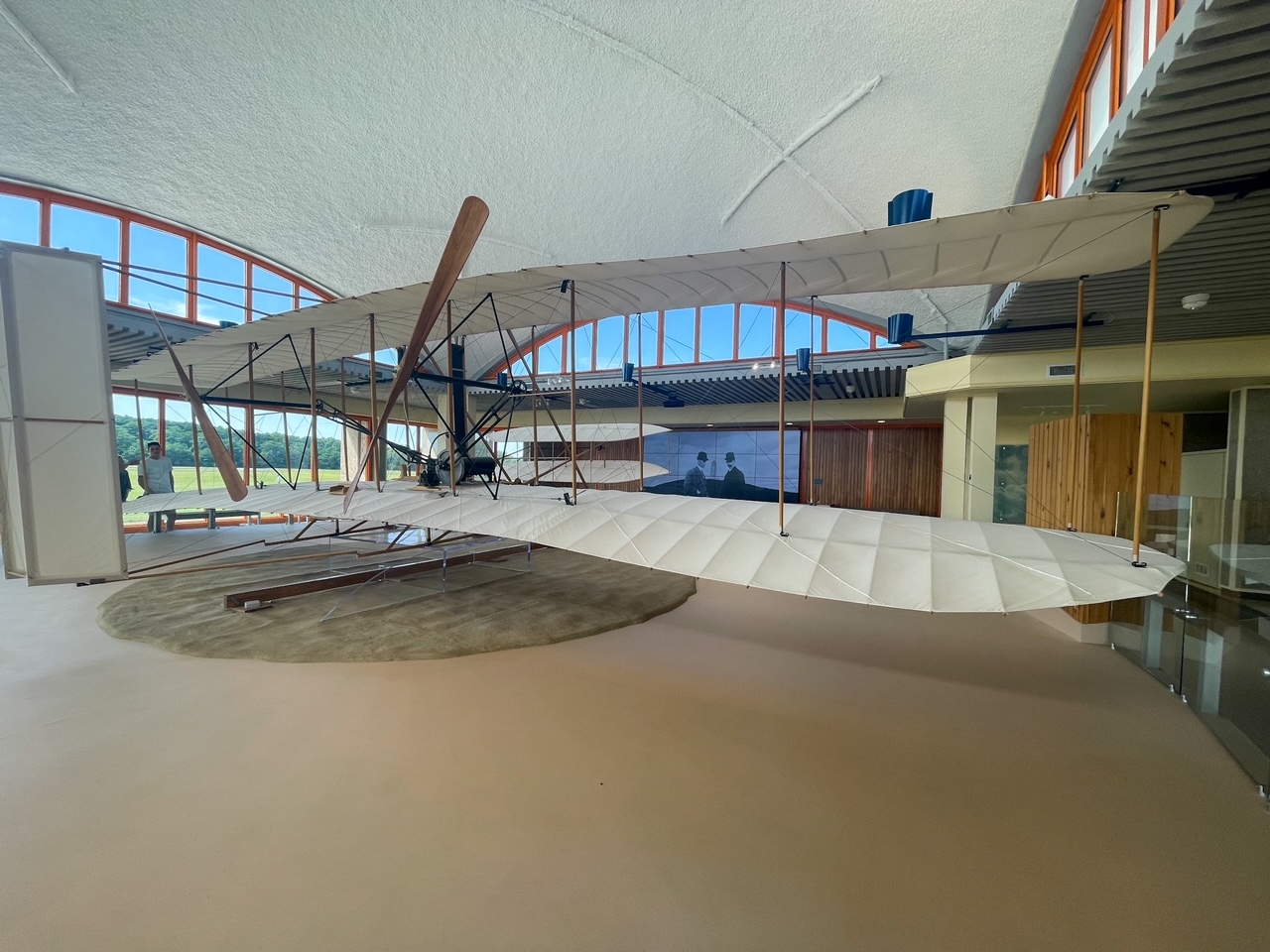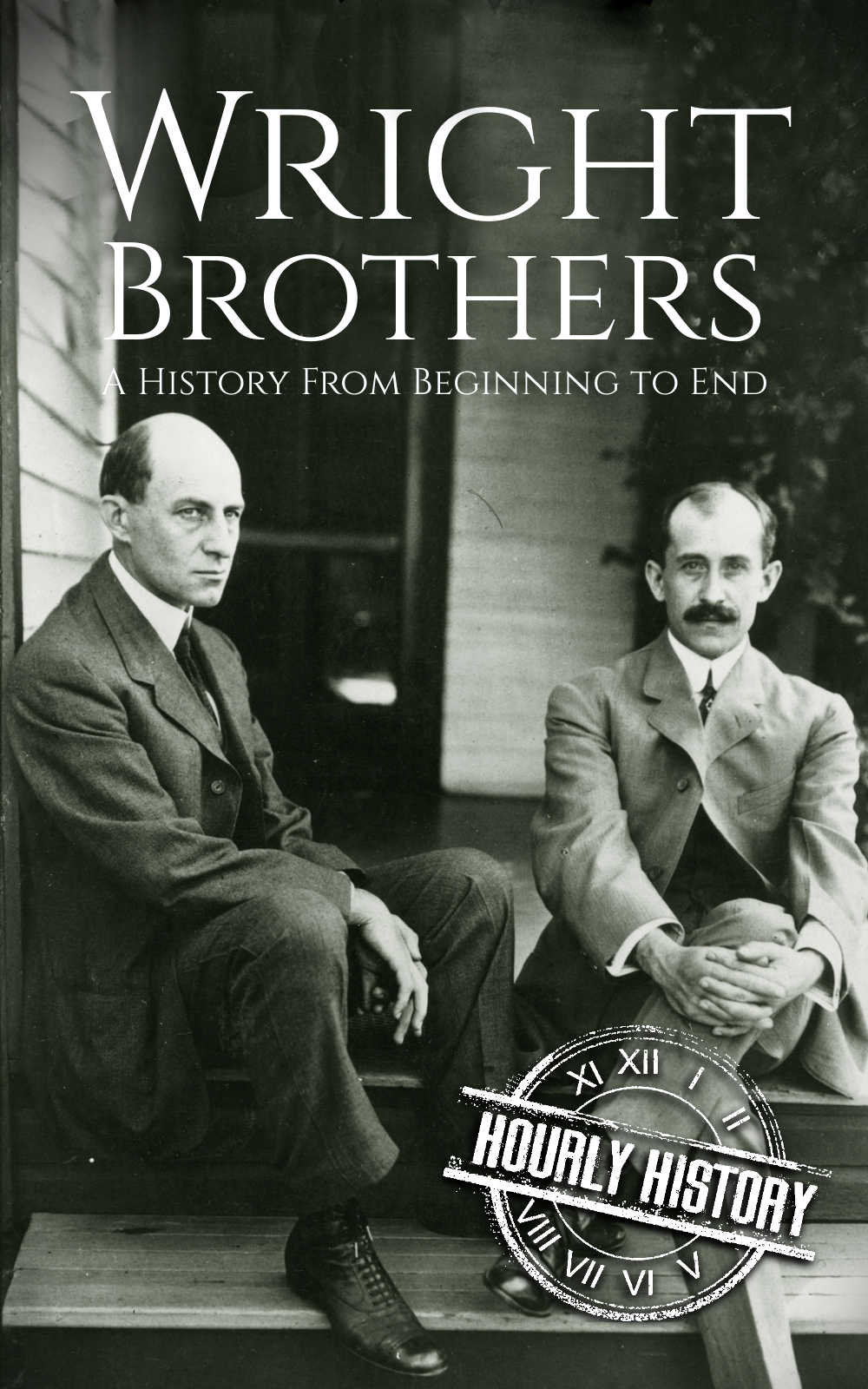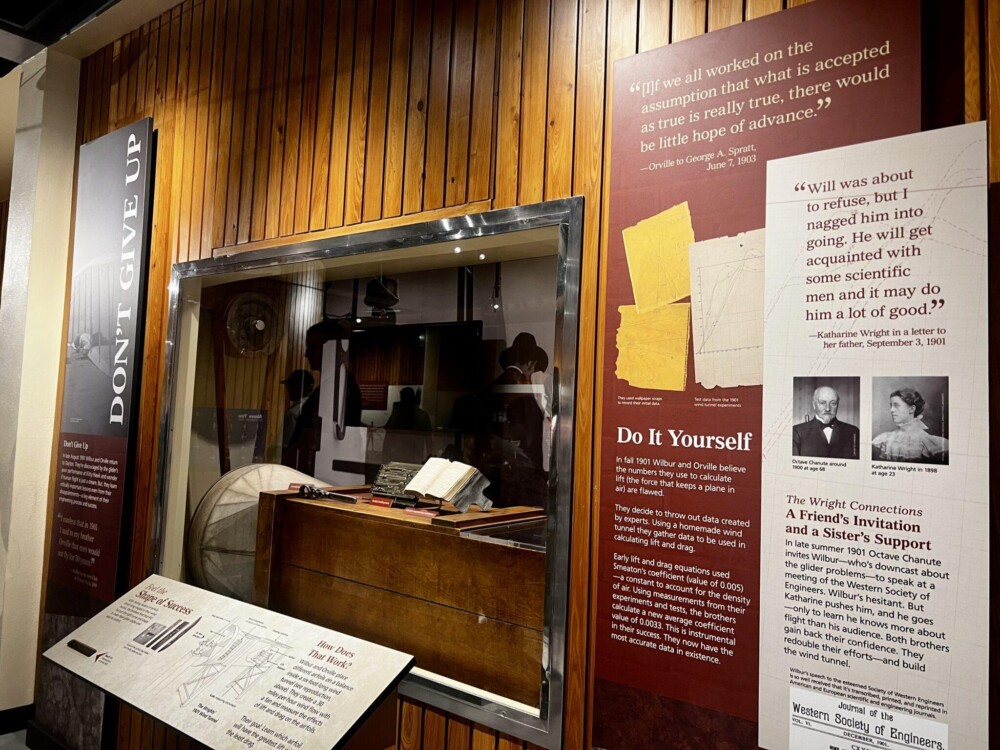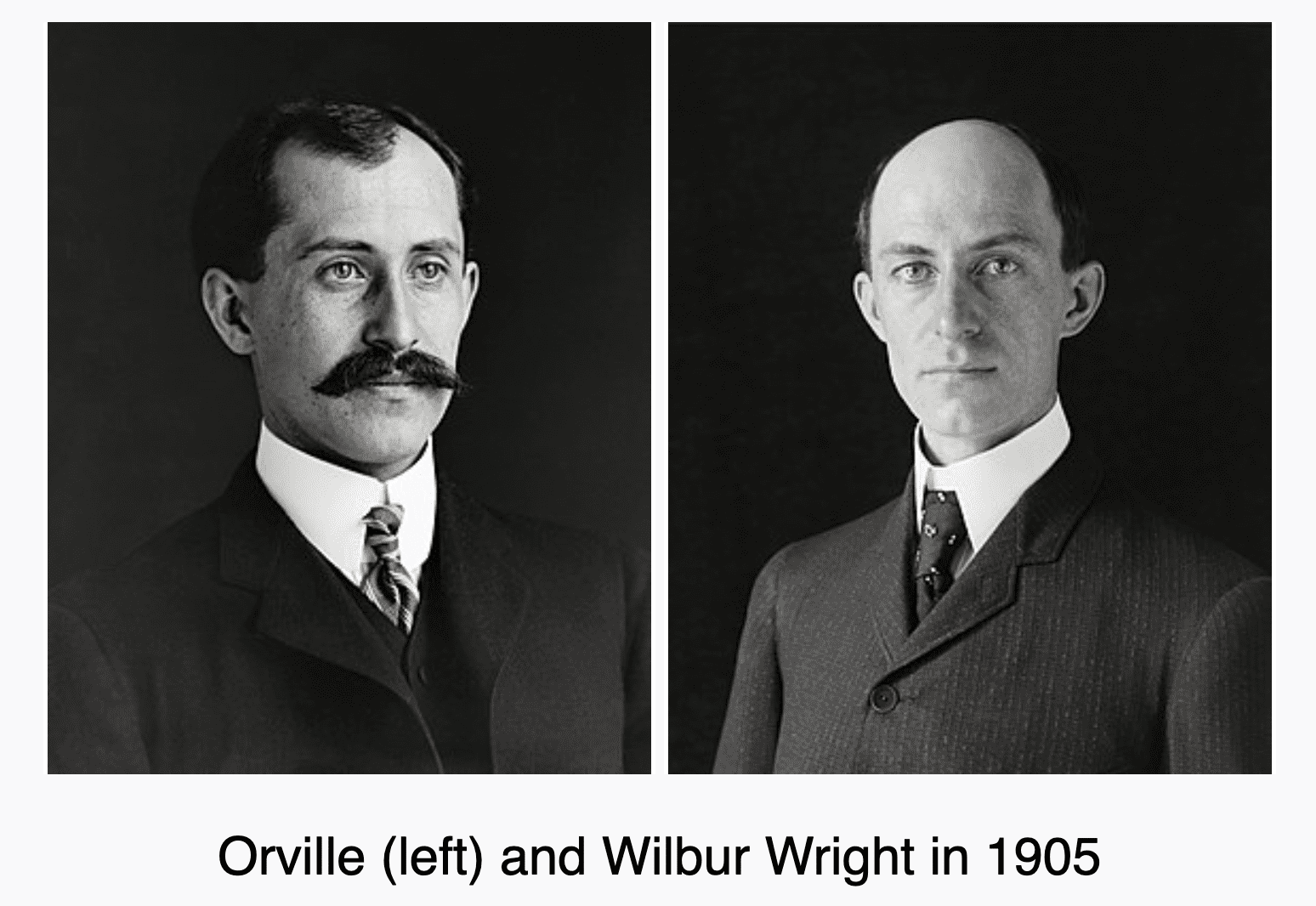Wright Brothers Institute - Springfield Street
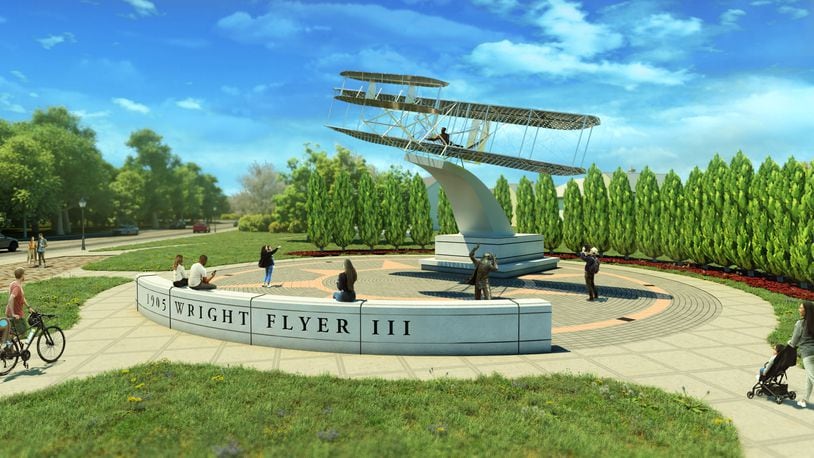
Imagine walking down Springfield Street in Dayton, Ohio, the crisp autumn air carrying the scent of fallen leaves. The sun, a gentle gold, illuminates a brick building, unassuming yet holding within it the echoes of innovation and the promise of future breakthroughs. This isn't just another building; it's the Wright Brothers Institute (WBI), a place where the spirit of ingenuity that propelled two bicycle mechanics to the skies still thrives.
The Wright Brothers Institute, located on Springfield Street, is more than just a research and development center. It’s a vibrant ecosystem dedicated to fostering innovation, collaboration, and the translation of cutting-edge technologies into real-world solutions, particularly for the U.S. Air Force and the broader defense sector.
Its significance lies in its ability to bridge the gap between groundbreaking research and practical application, ensuring that the legacy of the Wright brothers continues to inspire and impact the world.
A Legacy Takes Flight
To understand the WBI, one must first appreciate the profound impact of the Wright brothers themselves. Orville and Wilbur Wright, born in Dayton, weren't just inventors; they were pioneers who embodied the spirit of relentless curiosity and problem-solving.
Their journey from tinkering with bicycles to achieving the first successful sustained flight at Kitty Hawk, North Carolina in 1903 is a testament to their unwavering dedication and innovative thinking.
Dayton, therefore, became the natural home for an institution dedicated to carrying forward that legacy of innovation.
The WBI was formally established to honor the Wright brothers and to provide a collaborative environment where researchers, entrepreneurs, and government agencies could work together to develop and deploy advanced technologies.
Its mission is deeply intertwined with the needs of the Air Force Research Laboratory (AFRL), located at nearby Wright-Patterson Air Force Base, a critical hub for aerospace research and development.
Partnerships and Innovation Ecosystem
The WBI operates through a variety of partnerships and programs, designed to stimulate innovation and accelerate the commercialization of new technologies.
A key component of its success is its close collaboration with the Air Force Research Laboratory. AFRL relies on WBI to facilitate connections with small businesses, universities, and other organizations that can contribute to the development of cutting-edge technologies for national defense.
This partnership fosters a dynamic ecosystem where diverse perspectives and expertise converge to address complex challenges.
"Our partnership with the Wright Brothers Institute is crucial to our mission of discovering, developing, and integrating warfighting technologies for our air, space, and cyberspace forces,"explains a representative from AFRL in a public statement. This emphasizes the critical role WBI plays in supporting the Air Force's technological advancements.
The WBI also actively engages with local universities and colleges, providing students and faculty with opportunities to participate in research projects and gain practical experience in technology development.
This collaboration helps to cultivate a pipeline of talent for the defense industry and ensures that the region remains a hub for innovation.
Furthermore, the institute offers a range of programs and services to support entrepreneurs and small businesses, including access to funding, mentorship, and technical assistance.
These resources help to de-risk the commercialization process and enable promising technologies to reach the market more quickly.
Key Programs and Initiatives
The Wright Brothers Institute hosts a variety of programs and initiatives to drive innovation and collaboration. These programs often focus on specific technology areas, such as advanced materials, sensors, and energy technologies.
One notable program is the Air Force Accelerator, which provides funding and mentorship to startups developing innovative solutions for the Air Force. This program helps to bridge the "valley of death" that many startups face, providing them with the resources they need to scale their businesses and bring their technologies to market.
Another important initiative is the Small Business Innovation Research (SBIR) and Small Business Technology Transfer (STTR) programs, which provide funding for small businesses to conduct research and development with the potential for commercialization. The WBI helps small businesses navigate these programs and provides them with resources to successfully compete for funding.
The Defense Advanced Research Projects Agency (DARPA) also works closely with WBI on various projects.
These programs demonstrate the WBI’s commitment to fostering a vibrant innovation ecosystem and supporting the development of cutting-edge technologies.
Impact and Future Outlook
The Wright Brothers Institute has had a significant impact on the Dayton region and the broader defense industry.
By fostering collaboration between government, academia, and industry, the WBI has helped to accelerate the development and deployment of new technologies that are critical to national security.
Moreover, the institute has created numerous jobs and attracted significant investment to the region, boosting the local economy.
Looking ahead, the Wright Brothers Institute is poised to play an even greater role in shaping the future of technology and innovation. As the pace of technological change continues to accelerate, the need for collaborative ecosystems like the WBI will only grow.
The institute is actively expanding its partnerships and programs to address emerging challenges and opportunities in areas such as artificial intelligence, cybersecurity, and space exploration.
By continuing to foster a culture of innovation and collaboration, the WBI will ensure that the legacy of the Wright brothers continues to inspire and impact the world for generations to come.
Furthermore, the WBI's location on Springfield Street serves as a constant reminder of the humble beginnings from which great innovation can emerge. The physical space itself encourages a sense of groundedness and purpose, reminding those who work there that even the most ambitious dreams can be realized with dedication and collaboration.
The spirit of the Wright brothers, the essence of Dayton's innovative heart, beats strongly within those walls, a promise of progress and a tribute to the enduring power of human ingenuity.


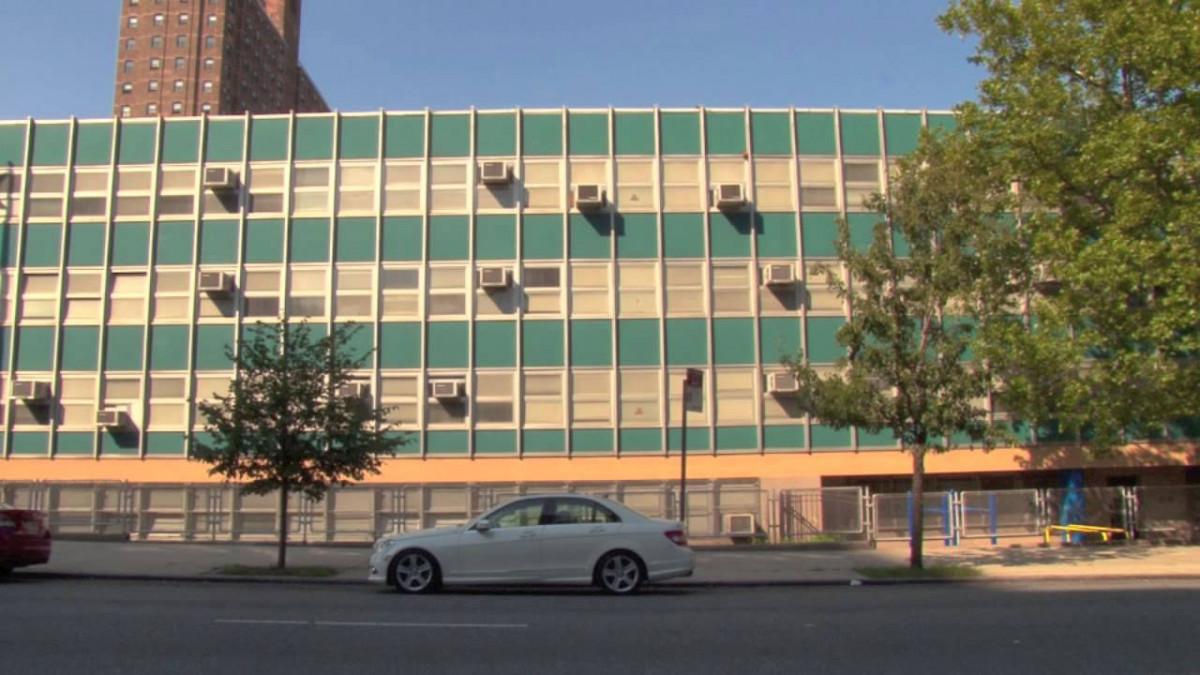
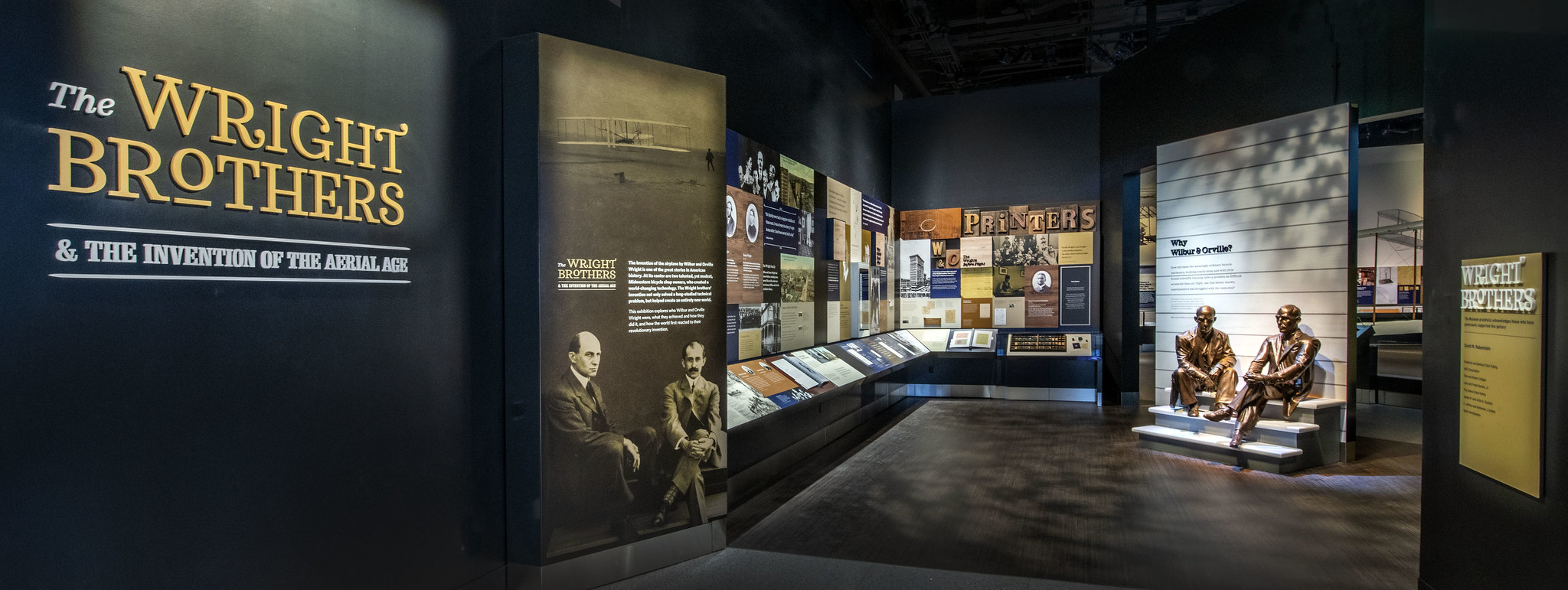

/https://tf-cmsv2-smithsonianmag-media.s3.amazonaws.com/filer_public/16/27/1627c6da-fa09-40d1-bf43-5ea4a5f72a53/52425539909_27a88cd24e_6k.jpg)
.jpg)

